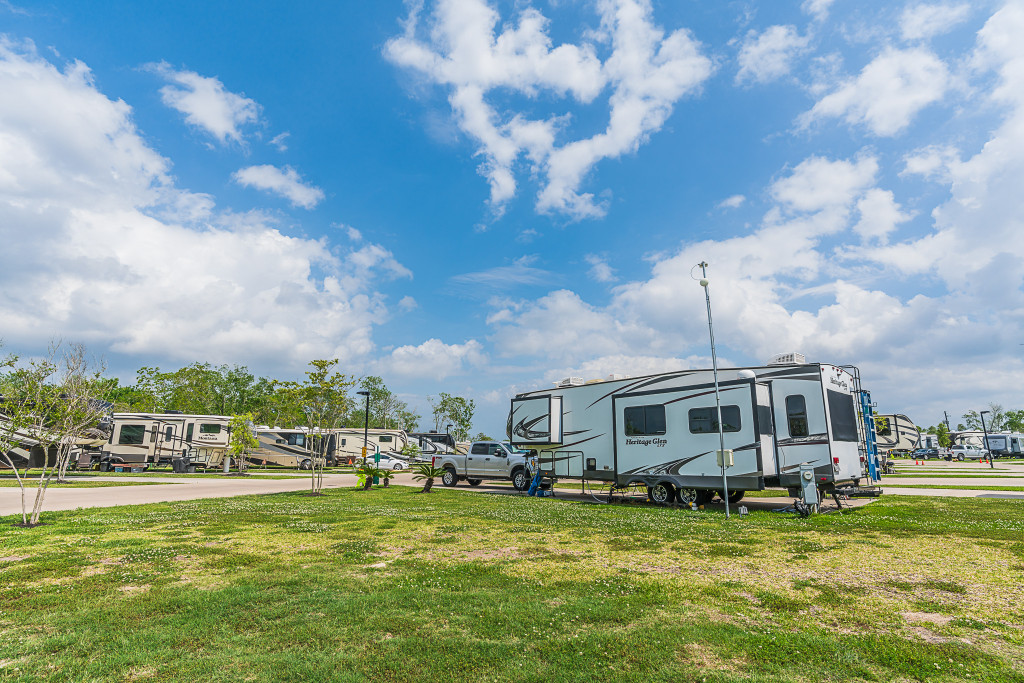From Empty Nesters to Digital Nomads: The Rise of the Modern RV Lifestyle
RV living has been on the rise in recent years, especially among younger people. Once considered a lifestyle for retirees, RV living is now appealing to families with young children and digital nomads.
The RV industry has seen a surge in demand over the past few years. According to the RV Industry Association, RV shipments reached a record high in 2021, with over 600,000 units shipped. This number represents a 19% increase from 2020, and a 154% increase from 2011. The demand for RVs is being driven by a number of factors, including the rise of remote work and the desire for more flexible and affordable travel options.
The traditional American Dream of owning a home with a white picket fence is being replaced by a new dream: the freedom and flexibility of RV living. With the rise of remote work, a growing love for minimalism, and a desire for pet-friendly travel, more and more people are choosing to hit the open road in an RV.
There are a number of reasons for this trend.
Pet-Friendly Travel
One of the major benefits of RV living is the ability to travel with your pets. For many people, pets are like family members, and the idea of leaving them behind while traveling is simply not an option. RVs provide a comfortable and convenient way to travel with your furry friends, allowing you to explore new places without having to worry about finding pet-friendly accommodations.
An exponential Increase in Remote Working
The COVID-19 pandemic has led to an exponential increase in remote working, and this trend is expected to continue even after the pandemic subsides. With more people than ever working from home, the traditional office is becoming a thing of the past. This shift has given rise to a new generation of digital nomads who are embracing RV living as a way to combine work and travel.
The Popularity of Minimalism
RV living is also becoming increasingly popular among those who are attracted to the minimalist lifestyle. RVs provide a small, efficient living space that requires less maintenance and upkeep than a traditional home. This allows people to downsize their belongings, reduce their expenses, and focus on experiences rather than material possessions.
Ready to Take the Plunge?
First, you’ll need to decide what type of RV is right for you. There are a variety of different RVs available, from small camper vans to large fifth wheels. Once you’ve chosen an RV, you’ll need to find a place to park it. There are a number of different options for RV parking, including campgrounds, RV parks, and private property.
Here are some additional tips for RV living:
- Do your research. Before you buy or rent an RV, do your research to make sure you’re getting a good deal. Rent an RV and take it on a few small trips. Figure out what size and layout best suits you. Then, compare prices from different dealers, and read reviews from other RVers.
- Get a pre-purchase inspection. If you’re buying a used RV, it’s a good idea to get a pre-purchase inspection. This will help you identify any potential problems with the RV before you buy it.
- Learn how to drive and park your RV. RVs can be difficult to drive and park, especially if you’re not used to driving a large vehicle. Take some time to practice driving and parking your RV in a safe area before you hit the road.
- Be prepared for the unexpected. RVing can be a great way to travel, but it’s important to be prepared for the unexpected. Make sure you have a plan for what you’ll do if your RV breaks down or you have an accident.
The rise of RV living is a testament to the changing values and priorities of modern society. Whether you’re a digital nomad, a retiree, or simply looking for a more affordable and flexible way to travel, RV living offers a unique and exciting alternative to the traditional American Dream.


